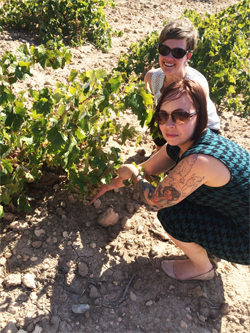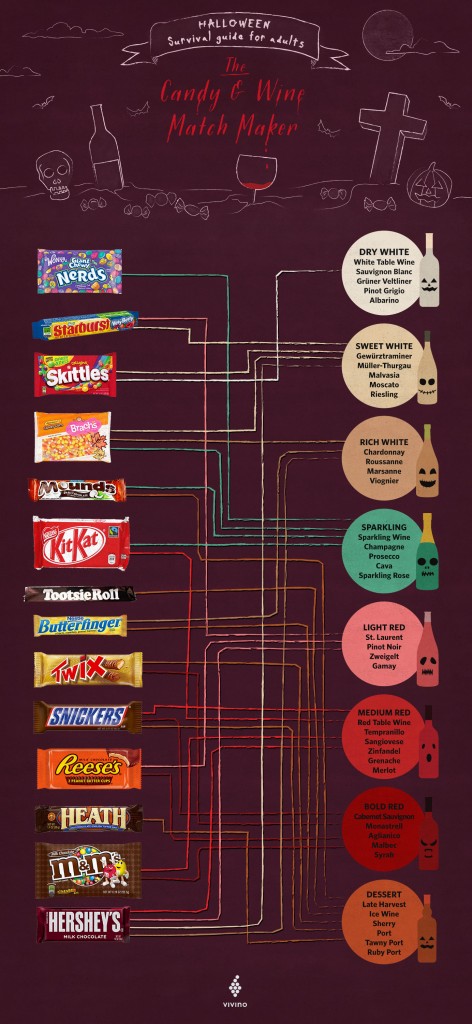How climate shapes wine: a guide to your favourite grape varietals
Did you know that the same grape varietal can taste completely different depending on where it’s grown? Climate plays a huge role in a wine’s acidity, body, and flavour profile. Knowing the key differences can help you identify exactly what type of wine you want to be making. It’s also priceless intel when you’re navigating the wine list at your favourite restaurant. Here, we’re mapping out the essential takeaway info on how five popular grapes – Chardonnay, Cabernet Sauvignon, Sauvignon Blanc, Merlot, and Pinot Noir – change when grown in cool versus warm climates.
Chardonnay: crisp & bright vs. rich & tropical
Cool climate: Chardonnay from cooler regions (like Chablis, France, or Tasmania) is known for its bright acidity and fresh fruit flavours, often showing green apple, pear, and citrus notes.
Warm climate: In warmer regions (such as California’s Napa Valley), Chardonnay takes on riper tropical flavours like mango and pineapple, with a fuller, rounder texture.
Cabernet Sauvignon: red fruit & herbs vs. dark berries & bold
Cool climate: In places like Washington State, Cabernet Sauvignon has more red fruit flavours like raspberry and red currant, along with herbal undertones and firmer tannins.
Warm climate: Warmer regions like Australia’s Coonawarra produce Cabernet Sauvignons with deep blackberry and black cherry flavours, softer acidity, and a plush mouthfeel.
Sauvignon Blanc: crisp citrus vs. ripe & juicy
Cool climate: Sauvignon Blanc from cool areas like Marlborough, New Zealand, is known for its high acidity and zesty lime, green apple, and grassy flavours.
Warm climate: In warmer climates like California’s Central Valley, the wine leans toward riper fruit flavours such as passion fruit and melon, with a rounder, less acidic profile.
Merlot: elegant & earthy vs. plush & fruit-forward
Cool climate: Bordeaux’s Right Bank produces Merlots with bright red cherry and plum flavours, balanced acidity, and subtle earthy notes.
Warm climate: In places like Napa Valley, Merlot becomes richer, with bold blackberry and plum flavours, velvety tannins, and a smoother finish.
Pinot Noir: light & elegant vs. lush & fruity
Cool climate: Pinot Noir thrives in cool regions like Burgundy, France, and Oregon’s Willamette Valley, where it shows delicate cherry, cranberry, and earthy undertones.
Warm climate: In warmer regions like California’s Russian River Valley, Pinot Noir develops richer fruit flavours such as black cherry and plum, with a fuller body and more pronounced ripeness.
What this means for you, the winemaker…
If you prefer wines with bright acidity and subtle flavours, look for cool-climate versions of your favorite varietals. If you enjoy richer, fruitier wines with a fuller body, warm-climate wines are the way to go. The beauty of the grapes, however, is in diversity, and the fact that there’s a moment (and meal) that calls for every style of red, white and rosé.
Article Source: Cristol Pico in RJs Craft & Cork with resources from








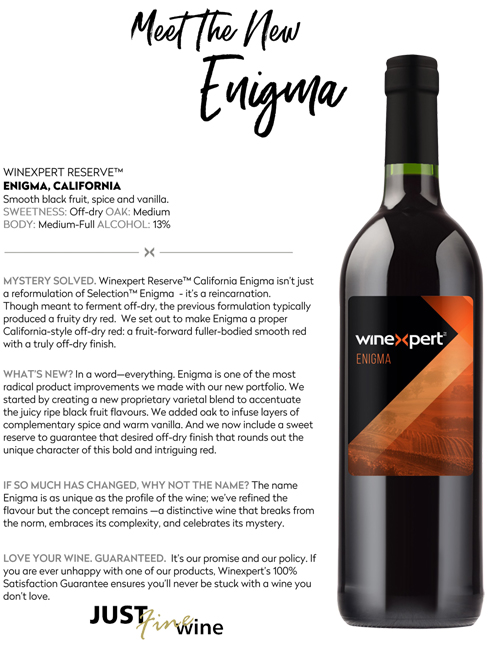


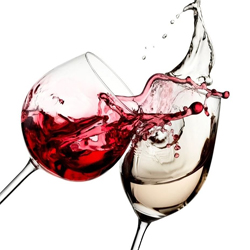
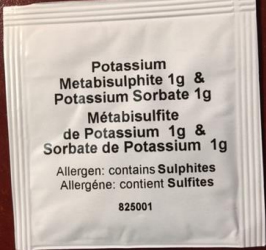
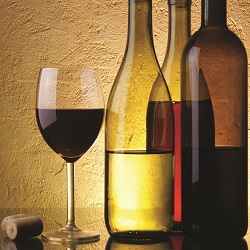
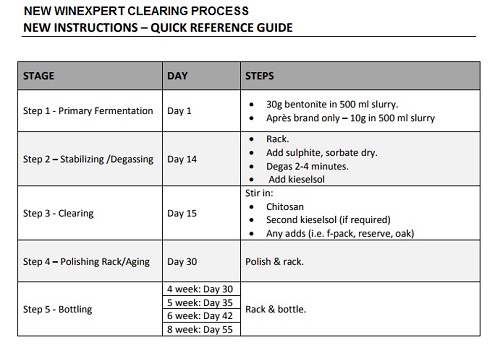


 Olive trees in France? Yup – part of the experience when visiting the South of France and making friends with new suppliers for our wine kit products.
Olive trees in France? Yup – part of the experience when visiting the South of France and making friends with new suppliers for our wine kit products.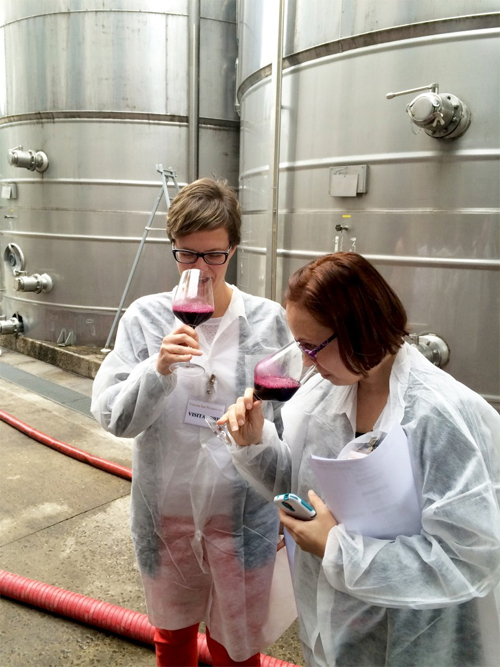 The Autobahn has got nothin’ when it comes to the roads leading to Bologna. Holding on for dear life in the back seat of an Audi (fitting don’t you think?) our winemakers, Danielle and Tara, made their way to the Emilia-Romagna region of Italy at a feverish 180 KM/hr. When asked why their driver (our supplier by the way) was going that fast, the answer was simple: Because you can!
The Autobahn has got nothin’ when it comes to the roads leading to Bologna. Holding on for dear life in the back seat of an Audi (fitting don’t you think?) our winemakers, Danielle and Tara, made their way to the Emilia-Romagna region of Italy at a feverish 180 KM/hr. When asked why their driver (our supplier by the way) was going that fast, the answer was simple: Because you can!
